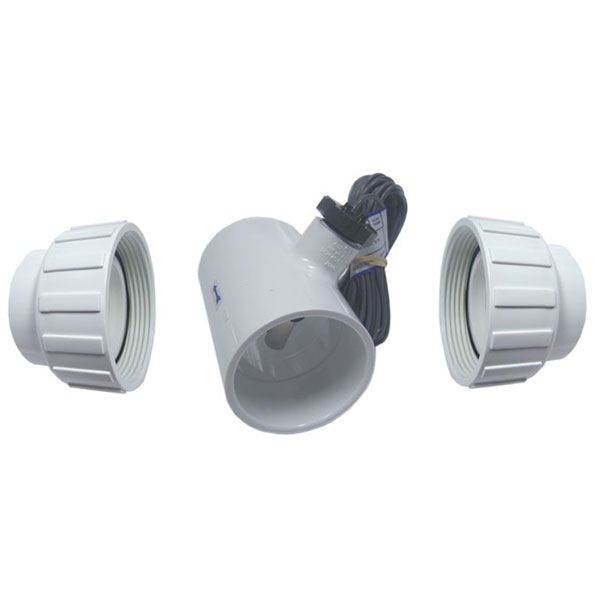I'm contemplating making the switch to a SWG for chlorine management. I'm updating our Hayward E-Command 4 with the OmniPL retrofit kit, and my understanding is the new automation has a SWG controller built in. Is all that's left to do is add a SWG on the return line, hook it up to my new controller, and configure correctly?
My pool is around 12k gallons. Is the 25k gallon option good enough or do I make the jump to 40k gallons to extend the life of the cell if I go this route? Is there anything else I need to consider here? Is this SWG plug and play with the Omni PL?
My pool is around 12k gallons. Is the 25k gallon option good enough or do I make the jump to 40k gallons to extend the life of the cell if I go this route? Is there anything else I need to consider here? Is this SWG plug and play with the Omni PL?












